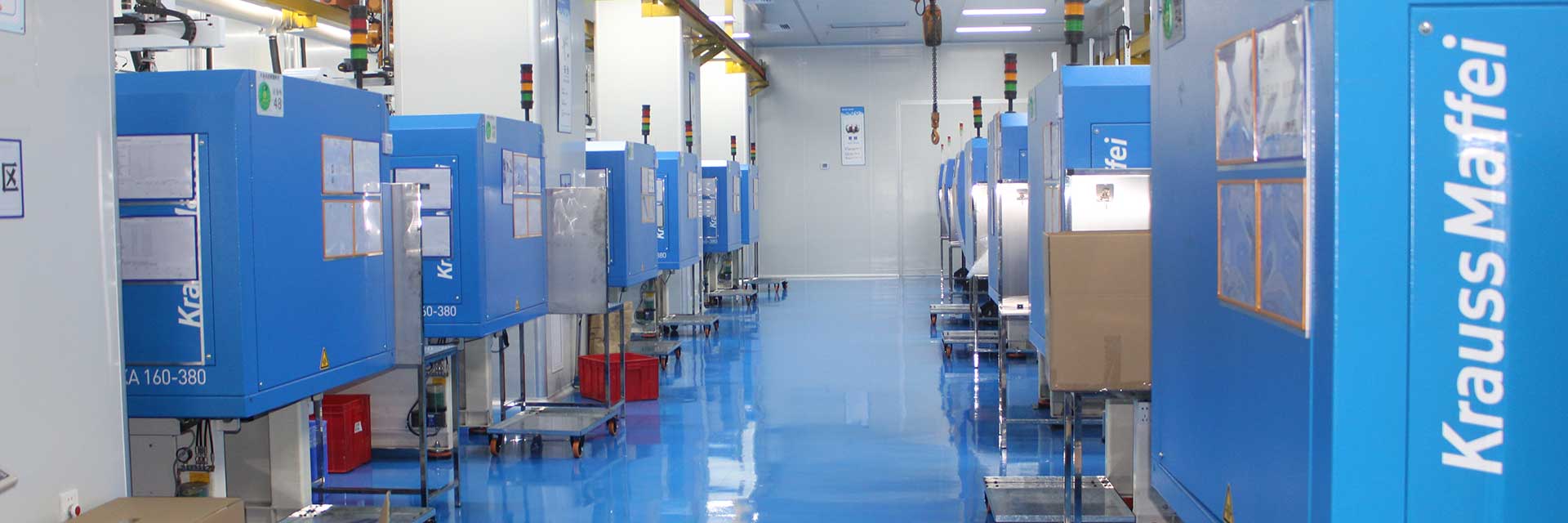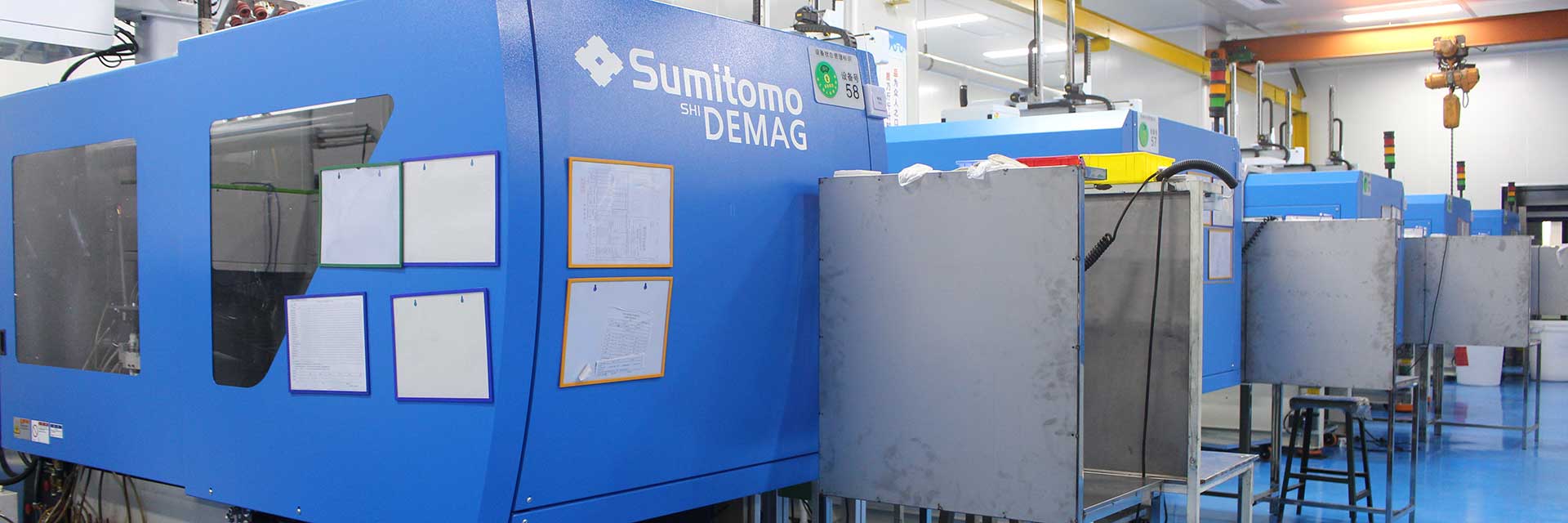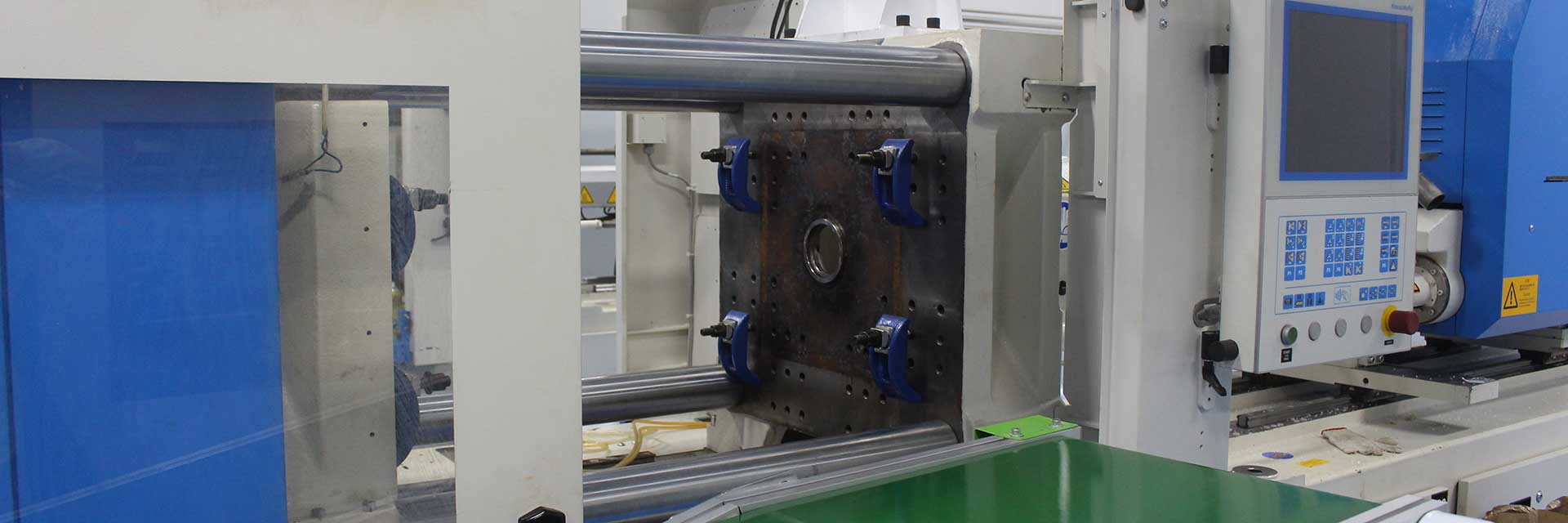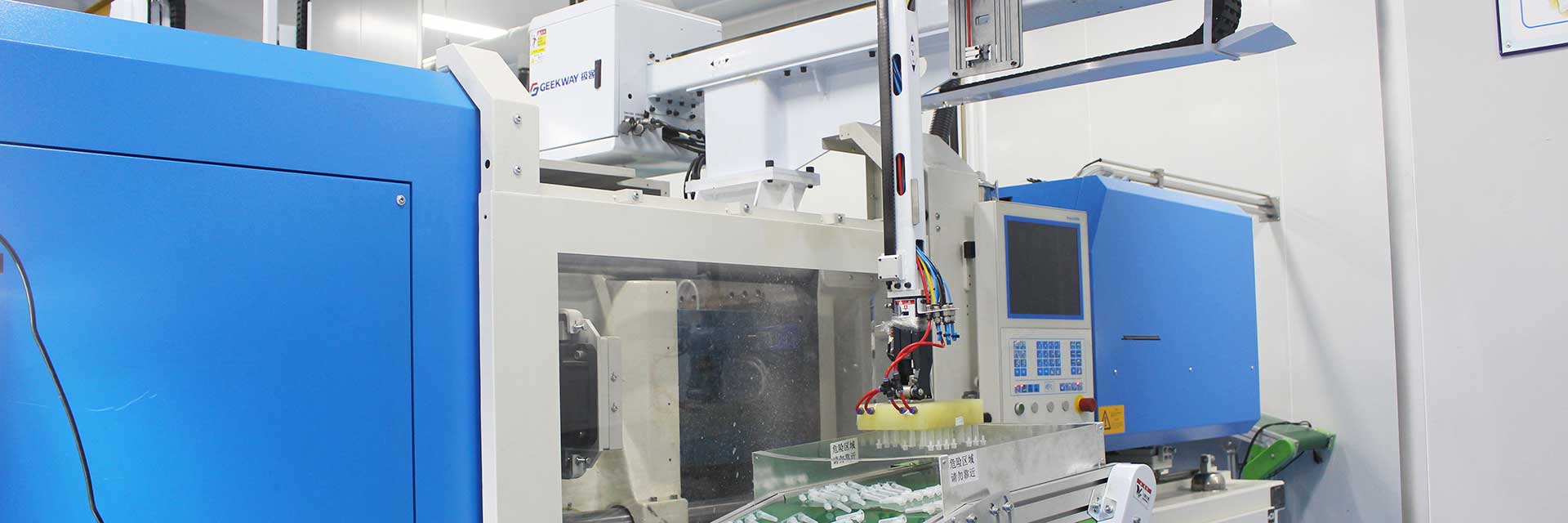Injection molding is ideal for making precise silicone rubber parts from LSR. It offers parts with accurate dimensions, intricate design, and superior surface finishes. Below is a step-wise breakdown of the process.

Step 1: Material Preparation
LSR material is a two-part platinum-cured elastomer containing a base silicone polymer and a curing medium. These components are combined in a calculated ratio to begin the molding process. You can mix these components manually or with automatic metering and mixing tools.
Step 2: Injection Molding
It would be best to inject the LSR mixture into the mold with specialized injection molding machines ideal for LSR processing. Generally, the mold consists of two cavities made from high-quality steel or aluminum, which determines the shape of the silicon rubber mold. You must inject the liquid silicone rubber into the mold cavity under high pressure, ensuring it fills the required details and features.
Step 3: Curing
Cure and solidify the silicon rubber mold with a chemical reaction prepared by heat. Depending on the liquid silicone rubber’s formulation, you must heat the mold to a particular temperature. The curing process lasts a few minutes as it changes the LSR material from liquid to solid elastomer.
Step 4: Cooling and Demolding
Cooling the mold to a suitable temperature after the curing process is important. It helps to ensure the silicone rubber parts maintain their shape and dimensions. It is safe to open the mold once the parts have cooled properly. Then, you can eject the cured parts from the mold cavities.
Step 5: Post-Processing
Depending on the silicone rubber parts’ requirements, post-processing operations may be necessary for your silicon rubber parts. These procedures may include excess material or flash trimming, checking for defects, and assembling components if the product comprises multiple parts.




